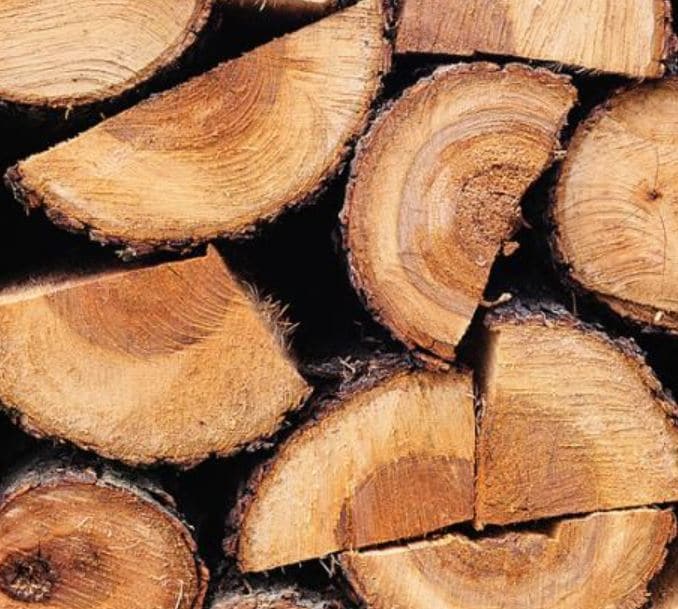
Understanding how your firewood burns may help you in your use of your wood burning appliance or in choosing one.
There are a few stages it goes through and how long each takes or if it even really enters that stage depends.
The first is the burning off for evaporation of excess moisture. This actually consumes BTU or heat energy from the fire itself, making it unavailable to heat your home. To minimize the impact of this phase or stage burn well seasoned wood, recommended moisture levels in the 15-20% range which is where woodstoves are designed to burn best. Any more moisture is terrible and less (if a lot less) is not great either.
During the above process and throughout the rest of the burn gases will be released from the wood. These are primarly complex hydro-carbons but may also include carbon dioxide, carbon monoxide and acetic and formic acids. These do not ignite during the dehydration process as they are not heated to combustion point. But they do condense on your chimney walls and do create creosote!
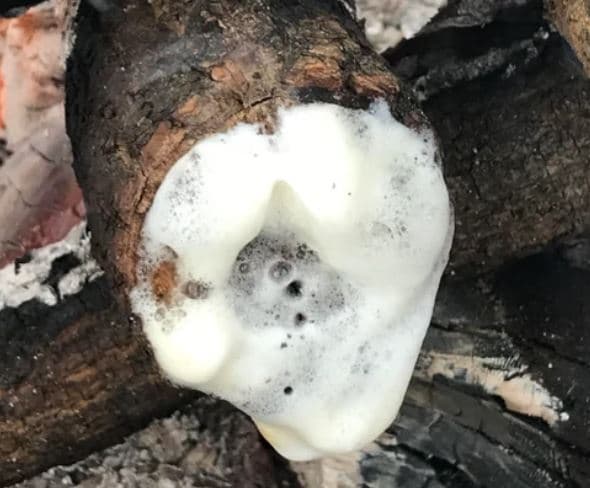
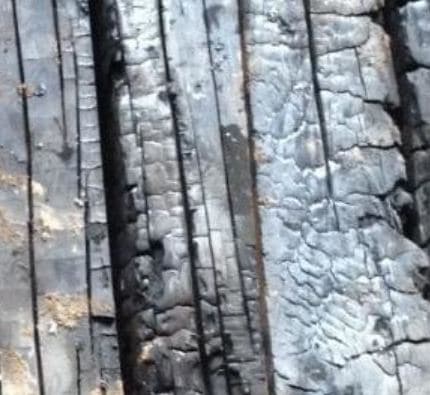
Once the moisture levels have been reduced to where they need to be for proper combustion the combusion of the flamable gases will begin.
This is what many think of as the combusion of or burning of the wood itself. An exciting point and one we may sometimes struggle to reach.
At this point we really are not producing heat to warm your home yet but the fire is begining to be sustainable. We are now at over 250C in temperature of the wood and rising. The wood is now breaking down and charring is beginning to happen. The releases of flamable gases is underway and the process known as pyrolysis is taking place. However as the heat is only getting to the point of combustion, all the flue gases are not being burned and the chimney is still cold creosote will be deposited on surfaces. Generally the combination of gases released will be the complex hyrdo-carbons mentioned along with carbon monoxide, carbon dioxide and water vapor. As the tempertures rise this is where new stoves will begin to become efficient.
The next important area to discuss is secondary combustion and this is an important one. The temperature needs to rise above 600C for this to begin. Which is why new stoves have baffles at the top which get super heated to support the secondary burn. This burn can be up to 60% of the total gases released or energy of the firewood! The problem is this burn will not and can not occur down near the wood itself as oxygen levels are insufficient. Read carefully.. old stoves.. and I mean really old models, can never, ever reach or have a secondary burn. Now some will say my old stove will produce volumes of heat.. and that is true. Sometimes more than many newer models. However heat output and efficiency are two different subjects. A forest fire will produce volumes of heat but will consume tons of wood in the process. A secondary burn occurs because there is a top baffle which will heat the gases and there is also a method to introduce oxygen into that area for the gases to ignite – this is generally done through air tubes near the top of the stove. So yes older stoves can produce heat but they can not be efficient in the process.
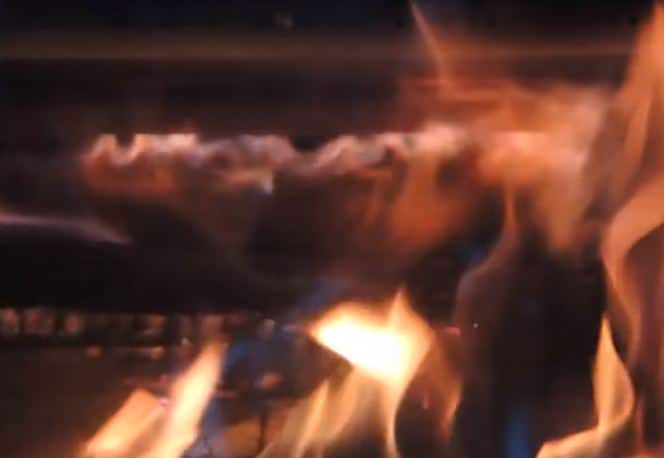
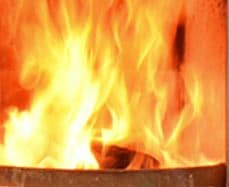
Once secondary burn begins the temperatures in the top of the stove will run up to perhaps 700C. This will continue as long as there is fuel and the firebox door remains closed. If you open the door the secondary burn will go out due to insufficent temperatures and the process will need to start over. New stoves today, with the right wood and burning practices can and will sustain long term secondary burns with high rate of efficiency and relatively low creosote build up. Having said that for this to occur properly you need a good and well designed chimney, you need to fill the firebox, close the door and keep it closed until the wood has all burned down. DO NOT open the door and keep throwing on yet another stick as you will kill any hope of seconary burn or effiiency.
